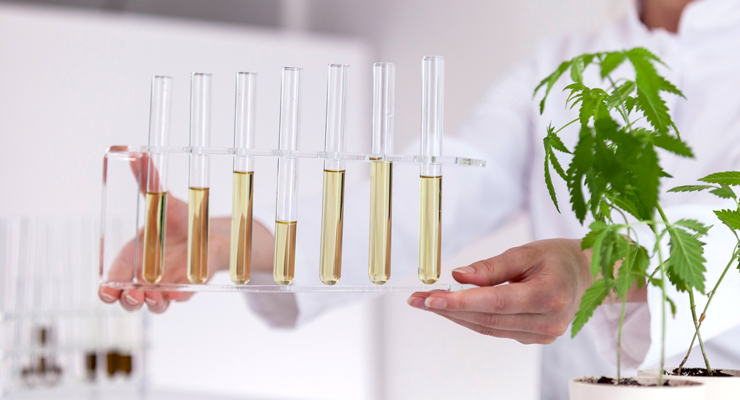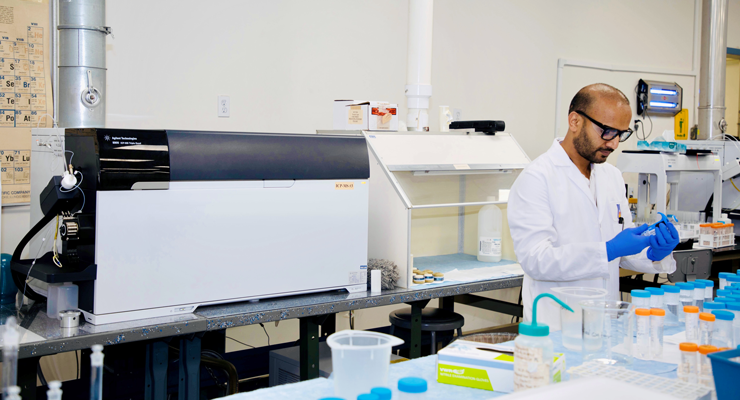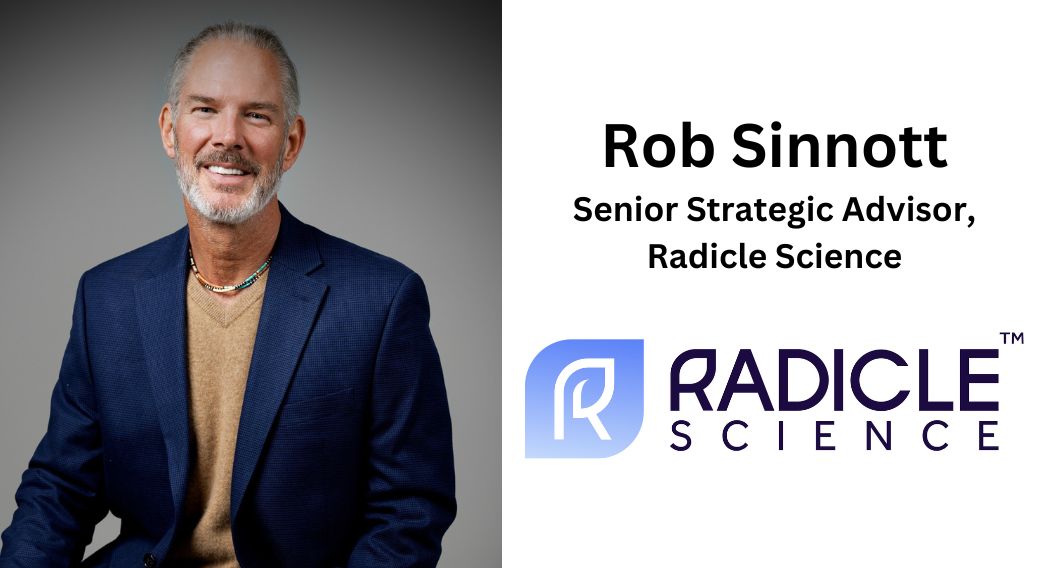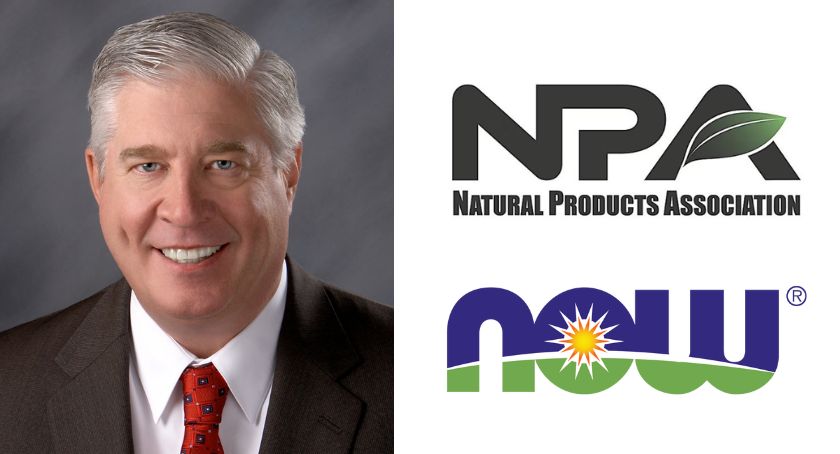Features
Going Beyond ISO Certification: What CBD/Cannabis Companies Need to Look for
In the absence of FDA standards, here are tips on how to choose the right lab for CBD and cannabis.

By: Sean Moloughney

Any company involved in the food and drug industry must eventually face the FDA if you want to bring new products to market. But do you know what the agency’s true function and role is? Even companies that have routinely been registered and inspected by the FDA do not always know what to expect from this regulatory body.
So how can the cannabis industry be expected to flourish and grow when it currently lacks guidance at the federal level and is restricted by conflicting federal and state regulations?
High Testing Standards
When operating in an uncertain regulatory environment, such as the one cannabis companies face, the best practice is to apply higher testing standards than what is expected, because in the long run, this route is easier and more cost-effective than trying to apply higher standards further on down the road. This is especially true when you consider the potential for future product liability litigation.
Although cannabis has been in existence and in use for many generations, the concept of testing and the interactions between cannabis and other drug substances is uncharted territory. Many businesses have great ideas and marketable products, but there is a lack of control or standardization in testing from state-to-state and on up to a federal level. The good news is there are criteria beyond an ISO certification that people can follow to ensure they are receiving what they need from a testing laboratory.
A Longer Checklist
When choosing a testing laboratory, the normal checklist most companies use in the decision-making process tends to be
as follows:
- Pricing;
- Number of years in business;
- Services offered.
- Quality; and
- Relevant experience.
While cGMPs apply largely to manufacturers, a testing laboratory is an extension of the manufacturer, and therefore by default, falls under the cGMP regulations. cGMPs ensure quality from the design of the facilities and everything inside to the packaging and testing. The “c” stands for current, so companies are required to continuously improve their process, which includes but is not limited to:
- Control;
- Integrity of materials; and
- Preventing errors and contamination.

Trusted Verification & Auditing
A testing laboratory that follows cGMPs assures that the materials and finished products are tested to be true to their identity, quality, and purity.
In fact, the FDA’s existence is based on its ability to regulate and ensure safety for the public in many different areas, including enforcing cGMPs. An FDA registered laboratory can be searched by name on Drug Establishments Current Registration Site (fda.gov).
By being registered with FDA, the laboratory has been inspected and verified to be truthful, reliable, and transparent. While that is all well and good, the best thing a business can do for itself is to perform an on-site audit of the laboratory they wish to hire. A picture is worth a thousand words, but an on-site audit for laboratories and any contract manufacturers allows you to see things that can’t always be captured by words.
Although an FDA audit is comprehensive, you are your best advocate, so it is always best to see for yourself. When auditing a testing laboratory, make sure to tour the lab facility. It can be overwhelming if you have never visited a laboratory, so while you are there, what are you supposed to look for?
The tour is a chance for a laboratory to showcase its capabilities and for you to ask questions and see how they handle day-to-day activities. The cleanliness of a laboratory is a big indication of how organized and focused on quality the lab’s team members are. One key detail you can focus on is examining how the containers are labeled. Labeling demonstrates the ability to understand how critical it is to ensure safety, avoid confusion, and shows the employees are consistent with following clear instructions.
All solutions should have identity, or the composition of the solution, as well as book and page of where the preparation was documented, name, date of preparation, and expiration date. This illustrates that employees understand traceability, which is an important trait in the cGMP world.
Observe the activities in the laboratory and take note if the members have methods they are following while they are documenting their activities. Always ask questions throughout the tour and confirm if all instruments are uniquely identified with proper labels that include calibration performed and due dates, engineer’s name, and the instrument’s ID number.

Standard Operating Procedures
Once the tour is complete, a review of the standard operating procedures and other structural documents should be performed. Actions should not be performed without procedures and procedures should not just sit in dusty binders never to be used. Each laboratory should have a Quality Management System (QMS) and the appropriate procedures, such as:
- How to perform vendor qualifications and categorize vendors;
- Instrument qualifications and maintenance;
- Change control and risk assessment;
- Investigations;
- Deviations;
- How to handle method verifications and validations (both of which should be established and practiced routinely).
There are a few procedures that require much more than just following a document. These processes are much more involved:
- Vendor and supplier qualification;
- Training program;
- Method verification/validations.
To have confidence in results, you want to confirm that the laboratory has a thorough and ongoing training program. Laboratories should be selective in who they employee, as there should be honor and integrity in their work ethics. Training should not just end within the first month of employment even if they have experience, but instead should be a continuous progress.
The Right Methods
Another way to maintain confidence in the laboratory and to obtain accurate results is to ensure that an appropriate method is used to analyze your sample or samples. There are many different methods and the lab may not understand everything, so ask the laboratory if the method has been validated. Verifying the method using your sample allows the laboratory to observe and work out any interferences to ensure you will have accurate and reliable results.
There is nothing more frustrating than testing a sample one day and then facing an investigation with no explanation or root cause for weeks or months when verification was overlooked. There are many instances where analysis can be performed utilizing different instruments, methods, and reagents to obtain results so there is more of a reason to verify if the test method applied is appropriate for your sample.
In summary, in this uncertain regulatory environment, when it comes to testing, the best practice is to under-promise but overdeliver. ISO accredited laboratories that are also registered and inspected by the FDA will follow cGMP guidelines. It is these guidelines that will help producers manufacture safe and effective CBD/cannabis products.
References
- Facts About the Current Good Manufacturing Practices (CGMPs) | FDA
- Pharmaceutical Quality Resources | FDA
- USP43-NF38 – page 7617 Good Manufacturing Practices For Bulk Pharmaceutical Excipients
About the Author: Sandra Lee is CEO of NJ Labs, a nationally recognized provider and advocate for quality in chemistry and microbiology testing that serves the pharmaceutical, nutraceutical, dietary supplement, cosmetic, and cannabis/CBD industries. As a scientist and one of the few female CEOs in the analytical testing industry, she has a passion for chemistry and how it influences multiple aspects of our daily lives. Prior to leading NJ Labs, she worked in many scientific roles at both Cardinal Health and Pfizer where she recognized the importance of uncompromising quality through chemistry, not only from the company’s perspective, but also from the consumer’s perspective of product safety and public health needs. At NJ Labs she leads the privately owned FDA and DEA inspected facility that has been a mainstay in the testing industry for 85 years with a certified full-service contract analytical testing laboratory that follows strict current Good Manufacturing Practice (cGMP) regulations and holds ISO/IEC 17025:2017 accreditation. To help clients remain innovative and competitive while still meeting rigorous compliance requirements, Lee continues to expand the expertise of NJ Labs while developing quality systems grounded in transparency, integrity, and expertise. Lee is a graduate of the University of Michigan where she holds a Bachelor of Science degree in Chemistry. For more information: www.njlabs.com.




















